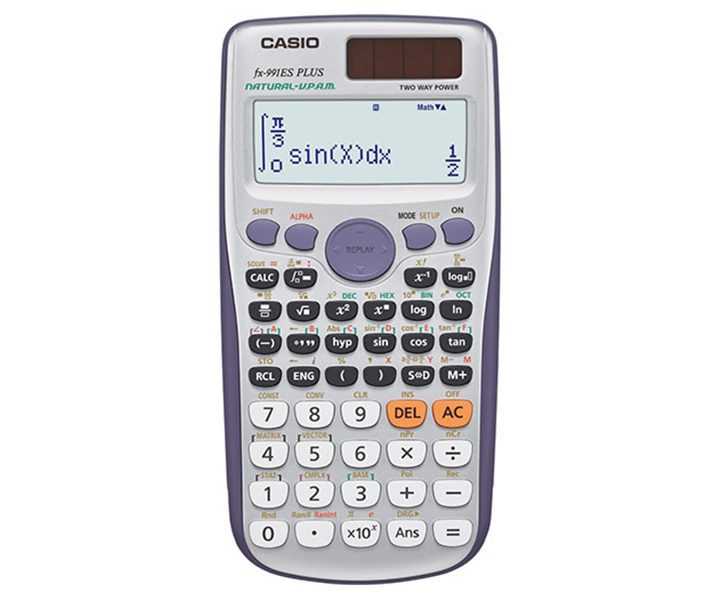Are you planning to pursue an engineering degree in Nepal? Then, you must be aware of the Institute of Engineering (IOE) Entrance Exam, which is the gateway to undergraduate engineering programs at various constituent and affiliated colleges of Tribhuvan University. This exam is highly competitive, and only a limited number of students are able to secure admission into their desired program. In this article, we will provide you with everything you need to know about the IOE Entrance Exam.
What is IOE Entrance Exam?
The IOE Entrance Exam is an annual exam organized by the Institute of Engineering, Tribhuvan University. This exam allows students to apply for undergraduate engineering programs such as Bachelor of Engineering (BE), Bachelor of Architecture (B.Arch), Bachelor of Science in Computer Engineering (BSc.CE), and Bachelor of Science in Geomatics Engineering (BSc.GE) in affiliated and constituent colleges of Tribhuvan University.
Eligibility Criteria
To be eligible for the IOE Entrance Exam, a candidate must have completed 10+2 or equivalent examinations in the science stream with at least 45% marks in aggregate. The candidate must have also studied Physics, Mathematics, and Chemistry as core subjects.
IOE Exam Pattern
The IOE Entrance Exam is CBE (Computer Based Examination) and consists of a single paper of 140 marks, which is further divided into two parts: Part A and Part B. Part A comprises 60 multiple-choice questions (MCQs) of 1 mark each, while Part B comprises of 40 multiple-choice questions (MCQs) of 2 marks each. The exam is held for 10-15 days (may vary due to the number of applicants) and each day 3-4 shifts are conducted. Around 13-14k students give the IOE exam!!
The exam duration is 3 hours, and there is a 10% negative marking for wrong answers. The syllabus for the exam is based on the courses covered in the 10+2 level in the science stream.
Application Process
The application process for the IOE Entrance Exam is done online through its official website (Tap to visit). The exam form is generally available from the first week of Bhadra (mid-August) till the last week of Bhadra (mid-September) every year.
The exam fee for Nepali citizens is NRs. 2000, while for foreign students, it is USD 50. The payment can be made through online banking, eSewa, Khalti, or by visiting the bank.
Admit Card
The admit card for the IOE Entrance Exam is also available online, and candidates can download it from the official website. The admit card contains important information such as the name, photograph, symbol number exam center, and exam date and time. It is mandatory for candidates to carry their admit card to the exam center along with a valid photo ID or Citizenship.
Result and Counseling
The IOE Entrance Exam usually publishes its results within a few days after the exams are finished. Candidates can check their results online through the official website. Tap to visit.
The counseling process for admission into undergraduate engineering programs is conducted based on the rank obtained by the candidates in the IOE Entrance Exam. The process involves document verification, seat allotment, and fee payment.
IOE Entrance Preparation Tips
Preparing for the IOE Entrance Exam requires a thorough understanding of the syllabus and regular practice. Here are a few tips to help you with your preparation:
- Create a study schedule and stick to it.
- Revise the basics and important formulae regularly.
- Solve previous year’s question papers and mock tests. (Highly Recommended)
- Focus on time management and accuracy during the exam.
- Solve as much as MCQ’s you can.
- Give as much as examination to check yourself and improve on weaker topics.
Conclusion
The IOE Entrance Exam is a highly competitive exam, and only a limited number of students are able to secure admission into their desired program. However, with proper preparation and dedication, you can increase your chances of success. We hope this article has provided you with a comprehensive understanding of the IOE Entrance Exam and its various aspects. Remember, the key to success is consistent hard work and perseverance.
FAQs
Yes, 10% negative marking for the wrong answer.
140 Marks, 60 multiple-choice questions (MCQs) of 1 mark each, and 40 multiple-choice questions (MCQs) of 2 marks each.
Within 2-4 days after all the examination shifts are over.
The IOE Entrance Exam is conducted once a year, generally in the month of Kartik (mid-October).
No, you can self-study and ace your exams.
If you fail the IOE exam you will not be able to study engineering in any TU-affiliated colleges.
The exam is a Computer Based Examination i.e. you will be giving the examination on a computer inside Pulchowk Engineering Campus.
The passing mark of the IOE entrance exam is around 55 marks
Yes, you can use CASIO-FX 991W, 991ES and other non-programmable calculators.
No, you can tick the answers to questions that you are most confident of.
Yes, you can but few charges will be applied.
Yes, foreign students can apply for the IOE Entrance Exam. However, they are required to pay a higher application fee than Nepali citizens.
The IOE exam is for 2 hours.
The entrance exam notice is published one month before the examination.
Didn’t Pass the IOE Examination? Here’s What You Can Do Next
Also Checkout My Personal Experience On IOE Exam – Tap Here
Content from – Notes IOE
Do follow our Facebook and Instagram